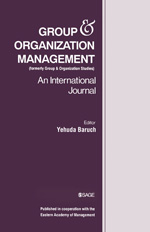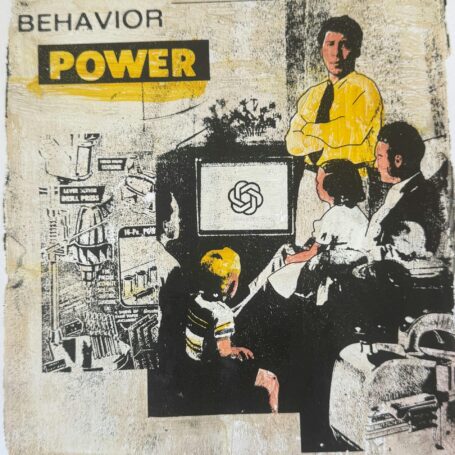How Thinking Styles Influence Team Innovation

Dr. Corinne Post, Lehigh University
Editor’s note: We are pleased to welcome Dr. Corinne Post, Assistant Professor of Management at Lehigh University. Dr. Post, whose research interests include diversity management, performance, and innovation, published “Deep-Level Team Composition and Innovation: The Mediating Roles of Psychological Safety and Cooperative Learning” on August 30, 2012 in Group & Organization Management.
***
There has been a lot of attention on how the diversity of knowledge held among team members may influence a team’s capacity to innovate. I argue that the way team members think—that is, the ways in which they process information—also influence a team’s ability to innovate (above and beyond the variety of knowledge held by team members.)
Findings from a National Science Foundation (NSF) supported study, using a sample of 83 natural innovation teams, support my argument. The results of the study, to be published in Group & Organization Management later this year, show that thinking styles indirectly influence team innovation by shaping teams’ interpersonal dynamics. Sequential, analytical thinking decreases team innovation by inhibiting psychological safety, while holistic, connective thinking improves team innovation by facilitating cooperative learning among members.
 The findings from this study are especially noteworthy because they show that the relationship between team members’ cognitive styles and team innovation is independent from the relationship between knowledge variety and innovation. Hence, thinking styles should be considered an important area of investigation, distinct from the work on informational diversity, in further efforts to unpack the team composition / team performance puzzle.
The findings from this study are especially noteworthy because they show that the relationship between team members’ cognitive styles and team innovation is independent from the relationship between knowledge variety and innovation. Hence, thinking styles should be considered an important area of investigation, distinct from the work on informational diversity, in further efforts to unpack the team composition / team performance puzzle.
Managers, who are often encouraged to compose teams with diverse task-relevant experts in order to put knowledge diversity at the service of innovation, should also consider members’ thinking styles when putting together innovation teams because the pooled cognitive styles of members appear to influence team innovation above and beyond the functional variety represented by team members.
Follow this link to read Dr. Post’s article in Group & Organization Management. Would you like to keep up with the latest research on this topic? Click here to sign up for customizable e-alerts!





































































































